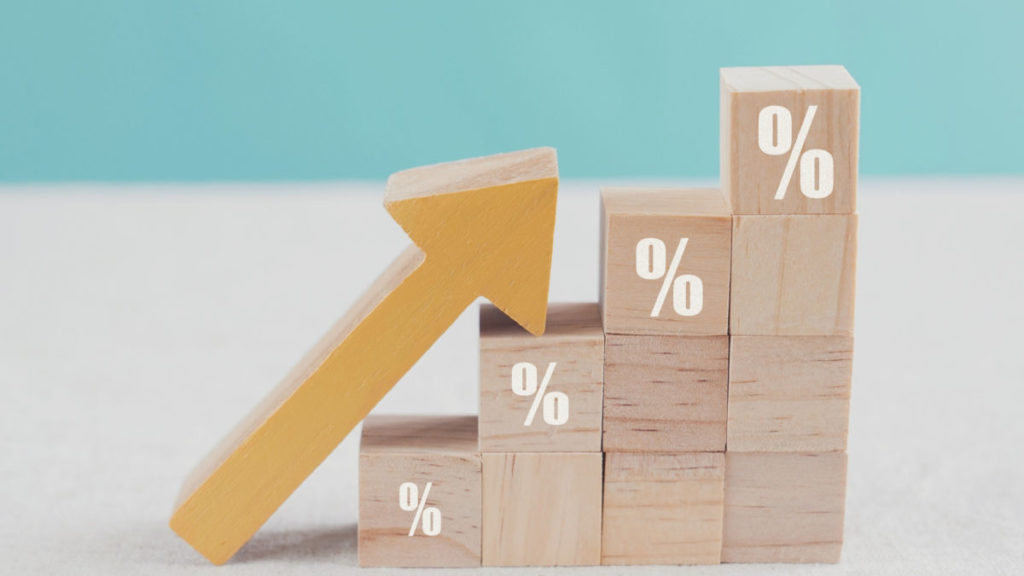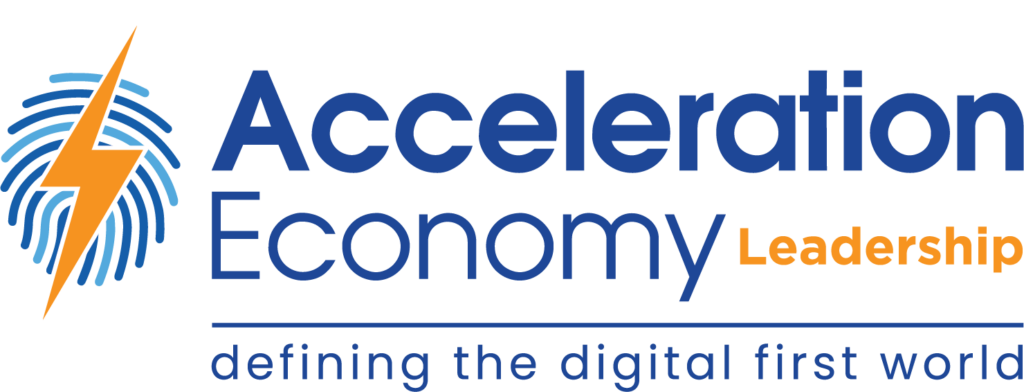Inflation has changed the pricing game for many firms: Costs are up and prices need to follow suit. Customers and the market often react negatively to price hikes, which may be why so many firms avoid increases. But today’s savvy enterprises are having fresh discussions about pricing and, more specifically, how to change prices to cover cost increases while also retaining — perhaps even expanding — customer penetration by adding value.
Customers want to receive value for value. Both consumer and enterprise companies have raised prices annually in many cases with a nice impact on their bottom lines and no detriment to their reputations. They do this by creating the perception that their services are expanding, improving, or evolving in conjunction with their price increase.
In this analysis, we’ll discuss how the partner ecosystem can help manage your pricing strategy, steps to successfully raising prices, how technology can help, and a top-tier airline that has successfully leveraged its partner ecosystem to execute price increases effectively.
Why You Need The Right Partners — And Automation
Good partners can move beyond the technology needed to achieve enhanced features or improve your customer experience — and help manage your pricing strategy.
Data partners can help you segment and analyze data that will reveal the best time for price increases, factoring in market trends. Timing matters; it can significantly lessen the noise and improve the acceptance rate of price increases. Having the right data partners to help speed up and simplify your data analysis can play a large role in making timing work to your advantage. Those same data partners can also help with ongoing data analysis that can identify the competitive environment and its impact on pricing, as well as what prices would be best accepted in the market while increasing your profitability.
Marketing partners can lessen the burden on your marketing budgets for customer communications; that includes your pricing change but also your ongoing marketing communications. Marketing automation partners can provide improved customer marketing experiences.
Such partners will also play a big role in bringing the right technology to bear.
Data analytics and automation play a key role in terms of adding value in an inflationary environment without adding more costs. By eliminating routine tasks through automation, many firms are finding ways to not only overcome short-staffing but also to lower their cost to serve. Since customers like to be able to self-serve, they perceive this as an improvement in their experience. They say to themselves: Sure, our favorite software package’s price went up this past month upon renewal, but there’s added artificial intelligence-(AI-) assisted scheduling that improves my experience (no more calls to that pesky 1-800 number and being on hold for 30 minutes). The end result is that a price increase feels feature-driven rather than a knee-jerk response to inflation.
Steps for Implementing Price Increases
When working on a price increase, the following steps have been shown to work effectively:
- Communicate with your customers transparently
- Provide a meaningful explanation for the price increase
- Choose the best timing to increase prices
- Regularly change and increase prices (when necessary and justified)
- Find ways to improve quality or service along with the price increase, and tap marketing to communicate the upgrades
How Southwest Airlines, Sciencelogic Pulled It Off
Let’s look at what Southwest Airlines did with partner Sciencelogic to consolidate 33 different information technology (IT) tools to just six tools. This change enabled Southwest to repurpose engineers, IT, and others to work on operational improvements and launch innovative new technologies to better serve and delight customers.
As a result, it was able to improve its operations and justify some of the pricing increases it implemented for fuel and staffing. In my view, it was a win-win: Customers got better experiences, and Southwest was able to protect its bottom line despite inflation pressures.
Southwest publicly stated it worked with Sciencelogic to lower its technology overhead; improve automation; and offer AI-enhanced processes that lowered its need for staffing. The savings over the next three years will more than cover its operating cost increases, and yet it still raised prices. Why? Because it offered functionality that customers wanted, including self-serve options that not only lowered its prices but also improved the customer experience.
That’s one place a great partner can help you: they can work with you to automate and use data to respond to customer issues that surface in CSAT (customer satisfaction) surveys and use technology to overcome the issues; this will create an environment that supports price increases.
That’s the gold standard for price changes in today’s market.
Final Thoughts
The pricing topic is a challenging one, but this year, more than ever, it’s one that organizations of all sizes need to act upon to ensure we continue to deliver value to our customers. Working with a partner to identify where you most need help, and holding them accountable to deliver what’s needed, is a great way to manage a price increase while mitigating risk.
Happy partnering.
Register here for your on-demand pass to view all content from Partners Ecosystem Digital Summit. The digital event, which took place on April 20, focused on analyzing the business and IT imperatives around cloud, AI, automation, data modernization, and cybersecurity that define the future of partnerships.
Want more tech insights for the top execs? Visit the Leadership channel:








